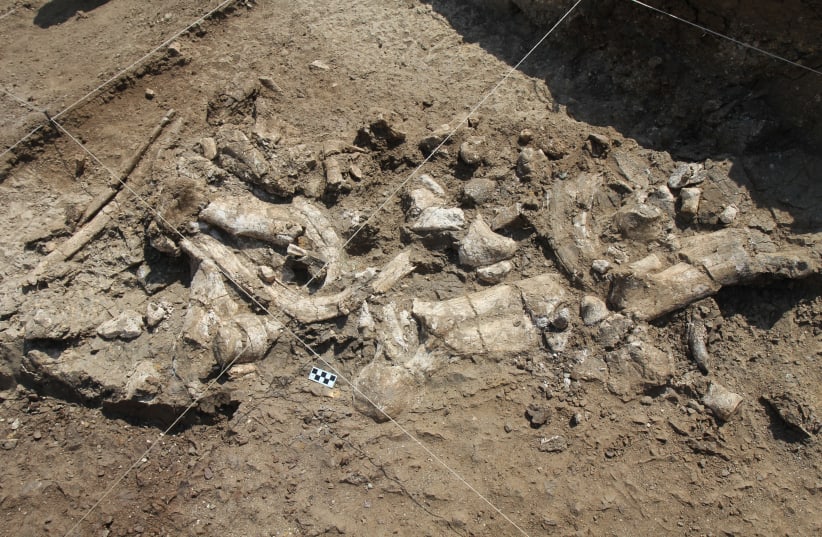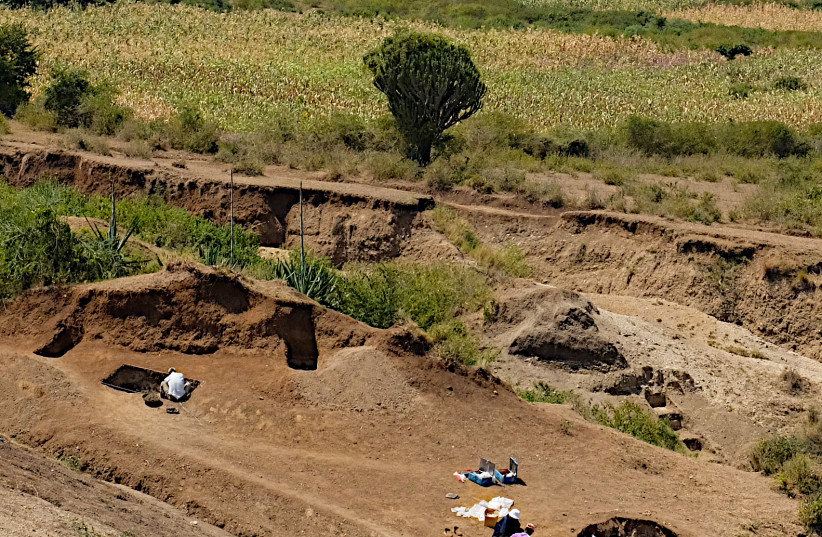Researchers found that Oldowan technology - the earliest known stone tool industry - was older and more widespread than previously thought.
Their findings were published on Thursday in a peer-reviewed study in the journal Science.
The team found Oldowan tools that they believe were used to process many foods, including ancient hippopotamuses, at least 600,000 years earlier than previously thought.
Though it is currently unknown which genera of hominin used these tools, the researchers found Paranthropus fossils at the same site at which they uncovered the tools. These are the first such fossils identified in southwestern Kenya.
The tools appear basic and crude; however, they are thought to be the first widespread and long-lasting technology.
Oldowan is frequently attributed to the Homo genus but multiple species of hominin may have made and/or used these tools. Scientists' understanding of Oldowan's emergence, use and distribution is limited by a lack of sites.
"Although the Oldowan is often attributed to the genus Homo, multiple hominin taxa overlapped temporally and geographically with these early tools, and it is possible that other genera, such as Paranthropus, made and/or used them," the study noted.
The researchers in the new study, however, led by Thomas Plummer of Queens College, found fossilized bones at the site in Nyayanga, Kenya with damage indicating the tools were used to butcher large animals, such as hippopotamids and bovids. Additionally, wear on the tools indicates that they may have been used to process plant materials.
Discovery expands range of ancient tools
Furthermore, while the researchers did not find Homo remains at the site, they found two molars belonging to Paranthropus, suggesting that they used and may have made Oldowan tools.
“The assumption among researchers has long been that only the genus Homo, to which humans belong, was capable of making stone tools,” said senior study author and Peter Buck Chair of Human Origins at the National Museum of Natural History Rick Potts. “But finding Paranthropus alongside these stone tools opens up a fascinating whodunnit.”
The tools were found over 800 miles from what were previously thought to have been the oldest Oldowan stone tools - 2.6-million-year-old tools found in Ethiopia.
"In this study, we report 3.032–2.595 Ma deposits at Nyayanga, Kenya, that expand the geographic range of the earliest Oldowan by more than 1300 km and the range of Paranthropus by approximately 230 km to southwestern Kenya," the researchers noted.
The findings show how stone technology allowed early hominins to adapt to different environments and eventually evolve into humans.

